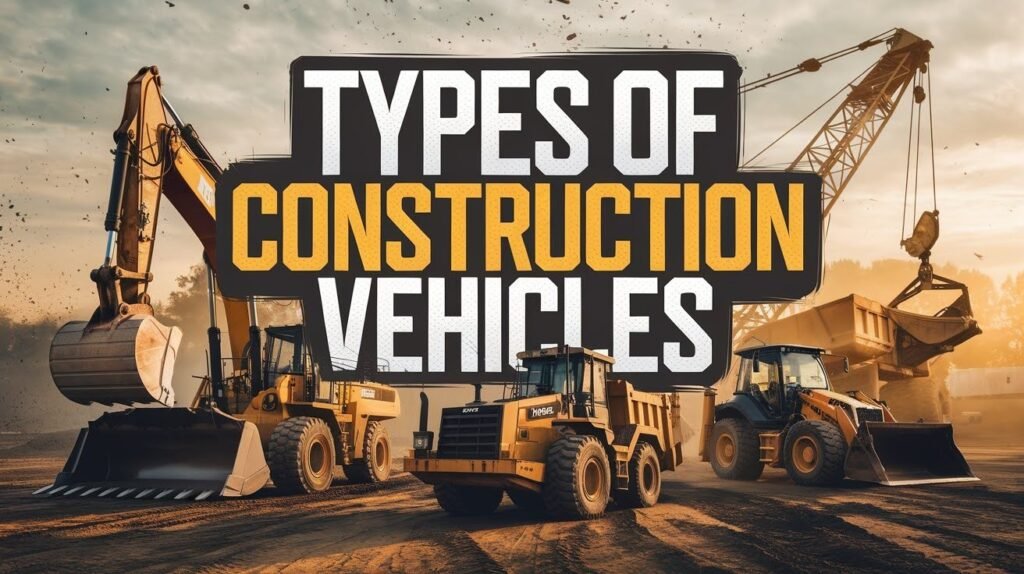Choosing the wrong construction vehicle can cost you thousands. Maybe even shut down your entire project. You need to know which machine does what. More importantly, you need to know which one fits your specific job.
I’ve spent years working with construction equipment. I’ve seen projects succeed and fail based on vehicle choices. This guide solves your equipment selection problem.
You’ll learn about 21 essential construction vehicles in this article. Each section explains what the machine does, when to use it, and includes interesting facts. I’ll also show you how to match vehicles to project types, from residential work to major infrastructure.
Trust comes from experience. I’ve used these machines, managed these projects, and made these decisions. You’ll get honest insights without the sales pitch. By the end, you’ll confidently choose the right construction vehicle for any project.
Why Construction Vehicles Are Essential in Every Project
Construction vehicles aren’t just big toys for adults. They’re the backbone of every successful project.
Speed matters. What takes 100 workers a week to dig, one excavator can finish in a day. That’s the power of modern machinery. Safety comes first. These machines keep workers away from dangerous tasks. No more manual lifting of heavy materials or working in unstable trenches.
Precision counts. Today’s construction vehicles use GPS and laser guidance. They can grade land to within millimeters of accuracy.
But here’s what most people don’t realize: choosing the wrong vehicle can cost you thousands. Maybe even shut down your entire project.
That’s why understanding each type matters.
21 Most Common Types of Construction Vehicles
1. Excavators
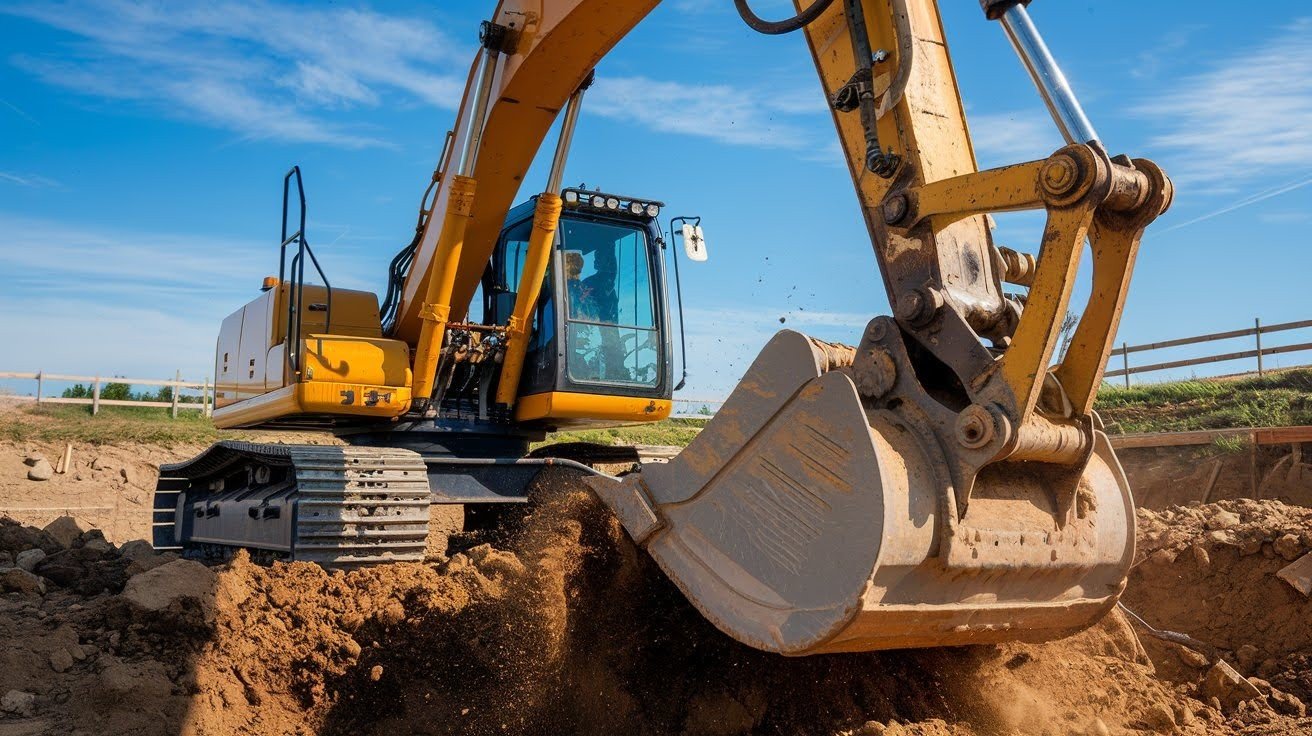
What they are: Tracked vehicles with a rotating cab and hydraulic arm.
Primary function: Digging, lifting, and moving large amounts of earth and debris. Perfect for foundation work, trenching, and demolition projects.
Fun fact: The largest excavator ever built weighs 45 tons and can move 150 cubic yards of material in one scoop. That’s enough dirt to fill three swimming pools.
2. Bulldozers
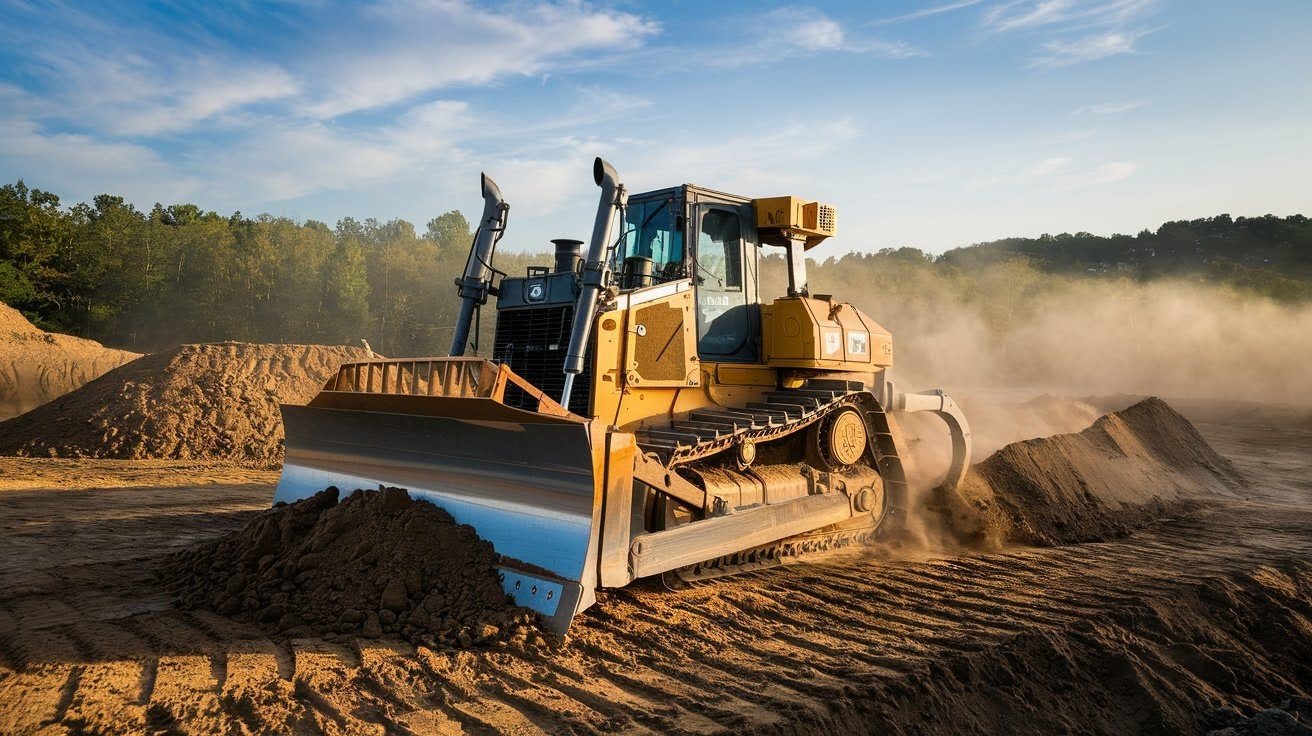
What they are: Powerful tracked vehicles with a large curved blade on the front.
Primary function: Pushing and moving soil, sand, and debris across construction sites. Essential for land clearing and rough grading work.
Fun fact: The first bulldozer was invented in 1923, but the name “bulldozer” originally referred to the operator, not the machine.
3. Backhoe Loaders
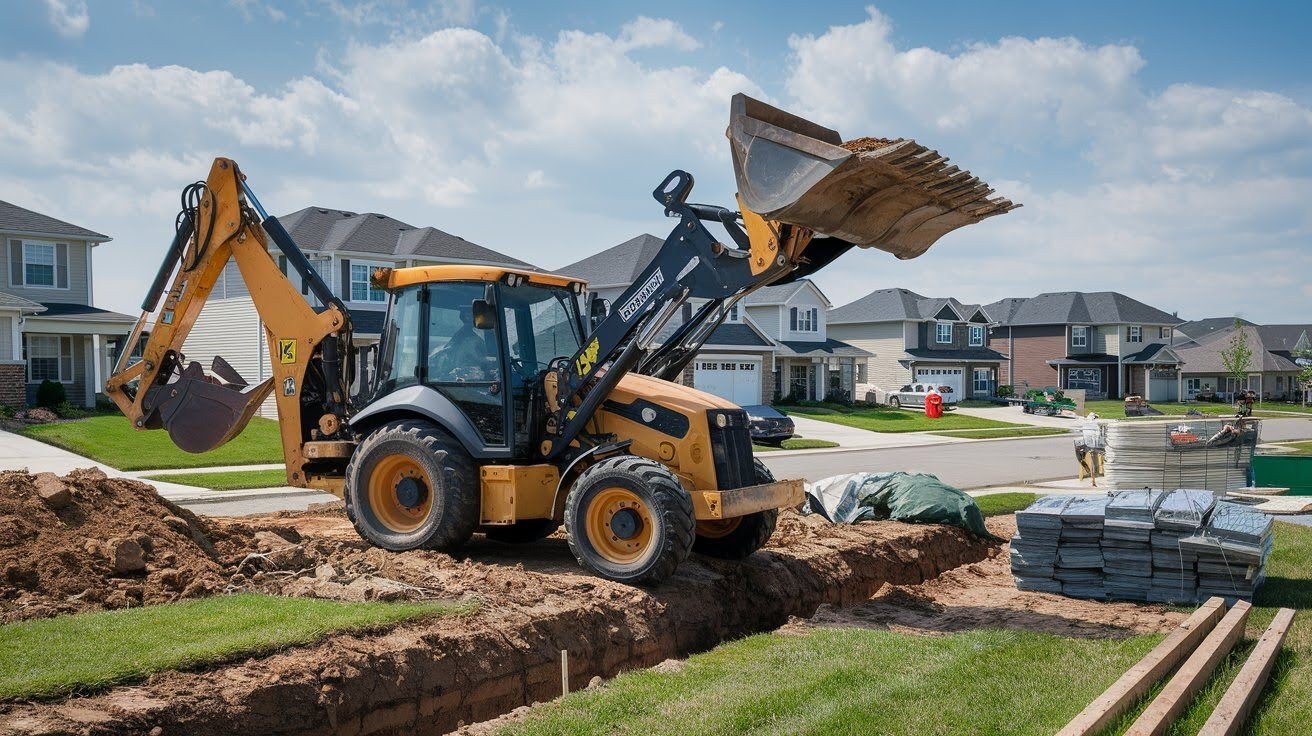
What they are: Versatile machines with a digging bucket on the back and a loading bucket on the front.
Primary function: Small to medium excavation work, loading materials, and general construction tasks. They’re like the Swiss Army knife of construction.
Fun fact: Backhoe loaders can rotate their rear section 360 degrees, making them incredibly flexible in tight spaces.
4. Wheel Loaders
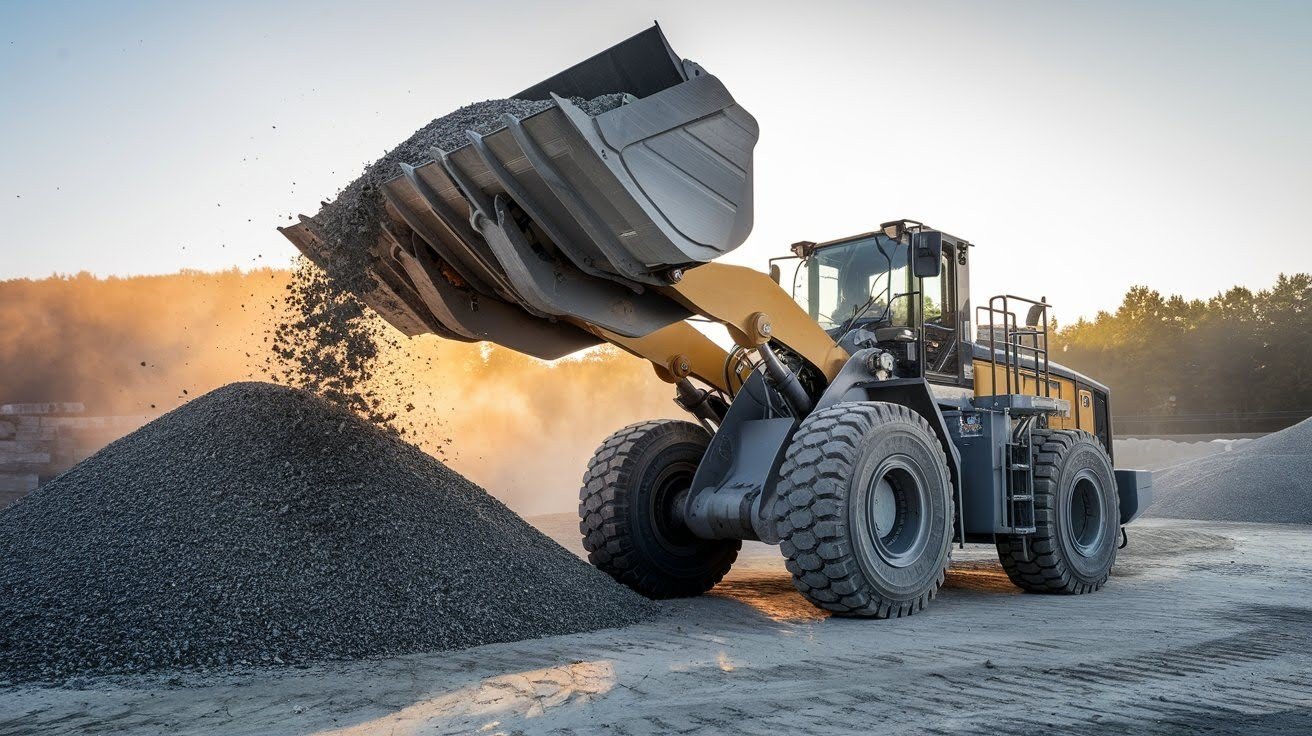
What they are: Four-wheeled vehicles with a large front-mounted bucket.
Primary function: Loading loose materials like gravel, sand, and dirt into trucks or storage areas. Perfect for material handling and stockpile management.
Fun fact: Modern wheel loaders can lift up to 40 tons in a single scoop. That’s equivalent to lifting 20 cars at once.
5. Skid-Steer Loaders
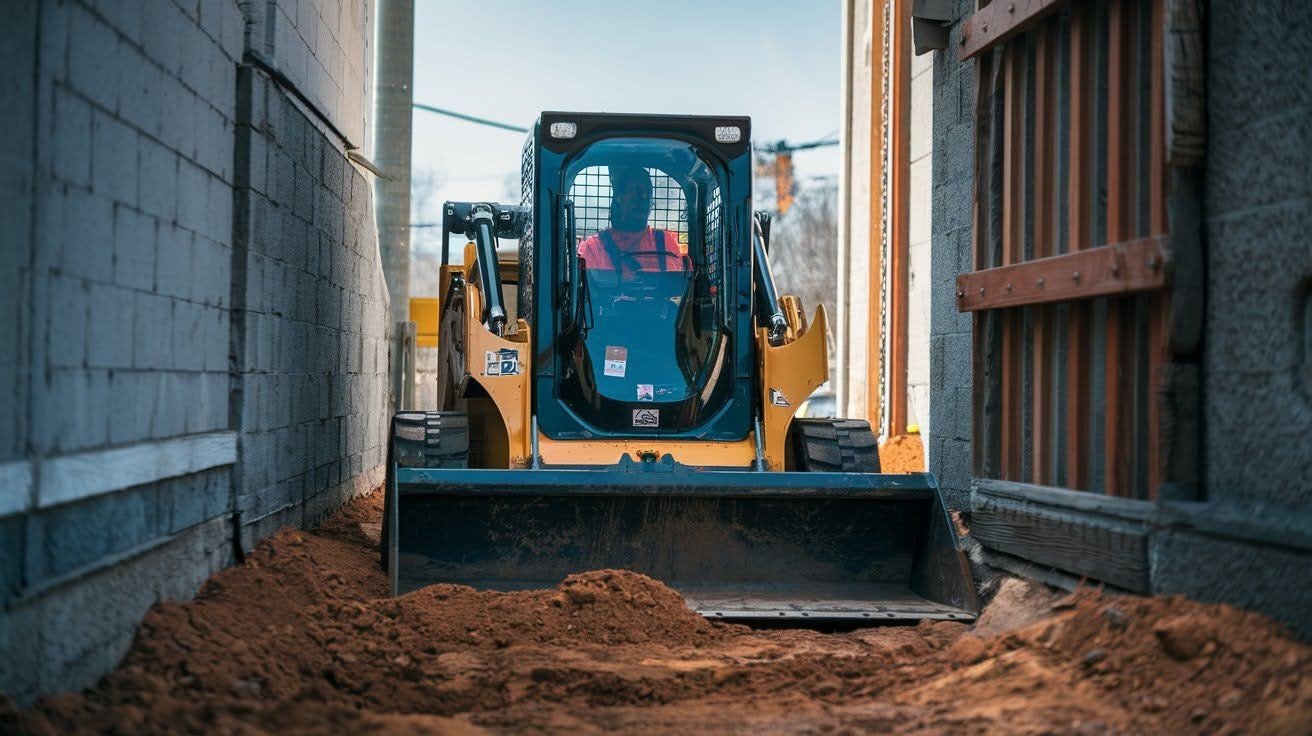
What they are: Compact machines with wheels that can’t turn but skid to change direction.
Primary function: Working in confined spaces where larger equipment can’t fit. Great for landscaping, small demolition, and interior construction.
Fun fact: These machines got their name because they literally skid their wheels to steer, rather than turning them like a car.
6. Dump Trucks
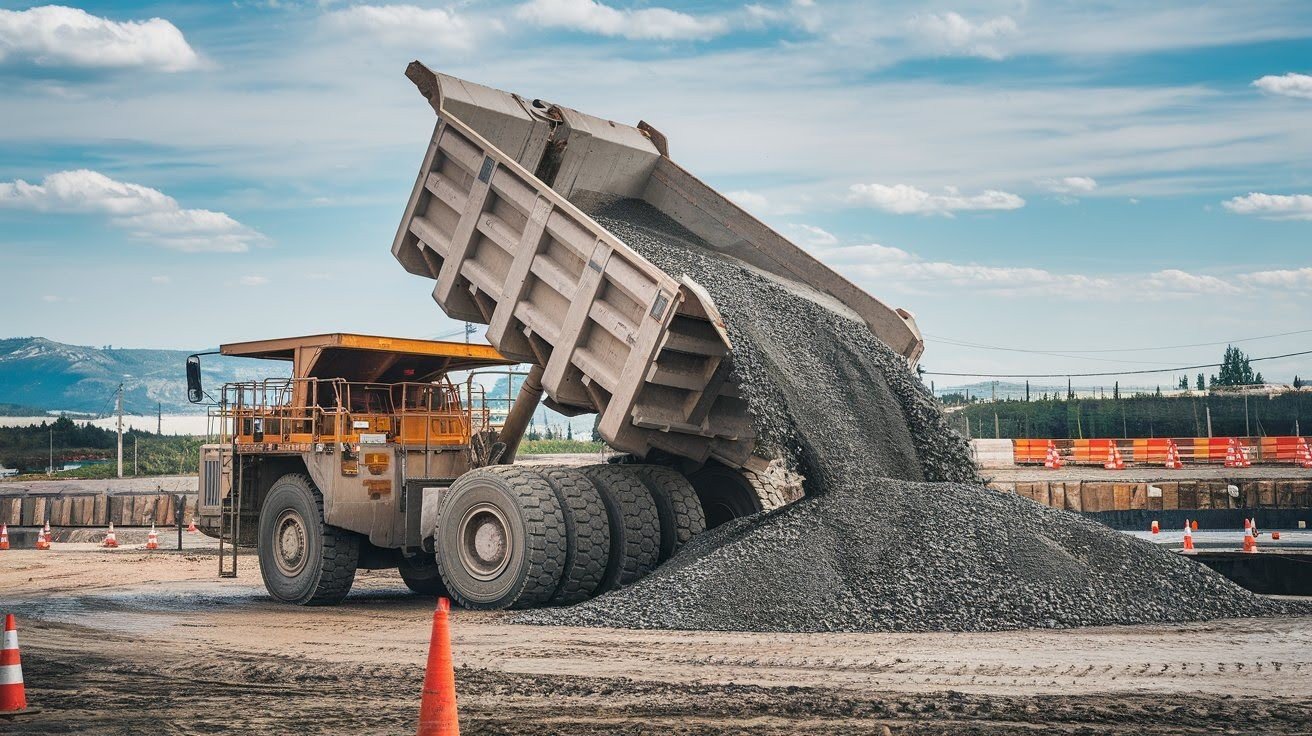
What they are: Heavy-duty trucks designed to transport loose materials in a tilting bed.
Primary function: Hauling dirt, gravel, sand, and construction debris to and from job sites. The workhorses of material transport.
Fun fact: The largest dump truck in the world can carry 496 tons of material. That’s more than the weight of four blue whales.
7. Articulated Haulers
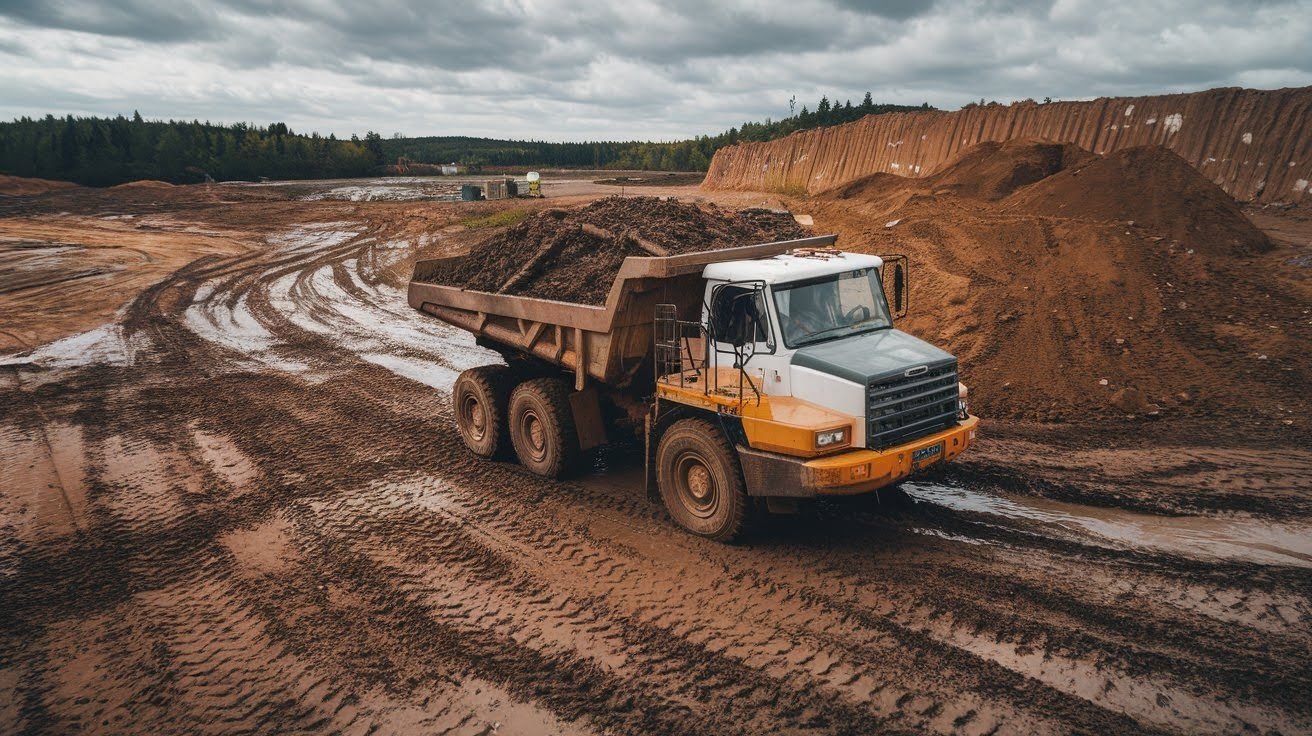
What they are: Off-road dump trucks with a joint in the middle that allows them to bend.
Primary function: Transporting materials across rough, uneven terrain where regular dump trucks can’t go safely.
Fun fact: The articulated joint gives these trucks incredible flexibility, allowing them to handle terrain with a 40-degree slope.
8. Graders
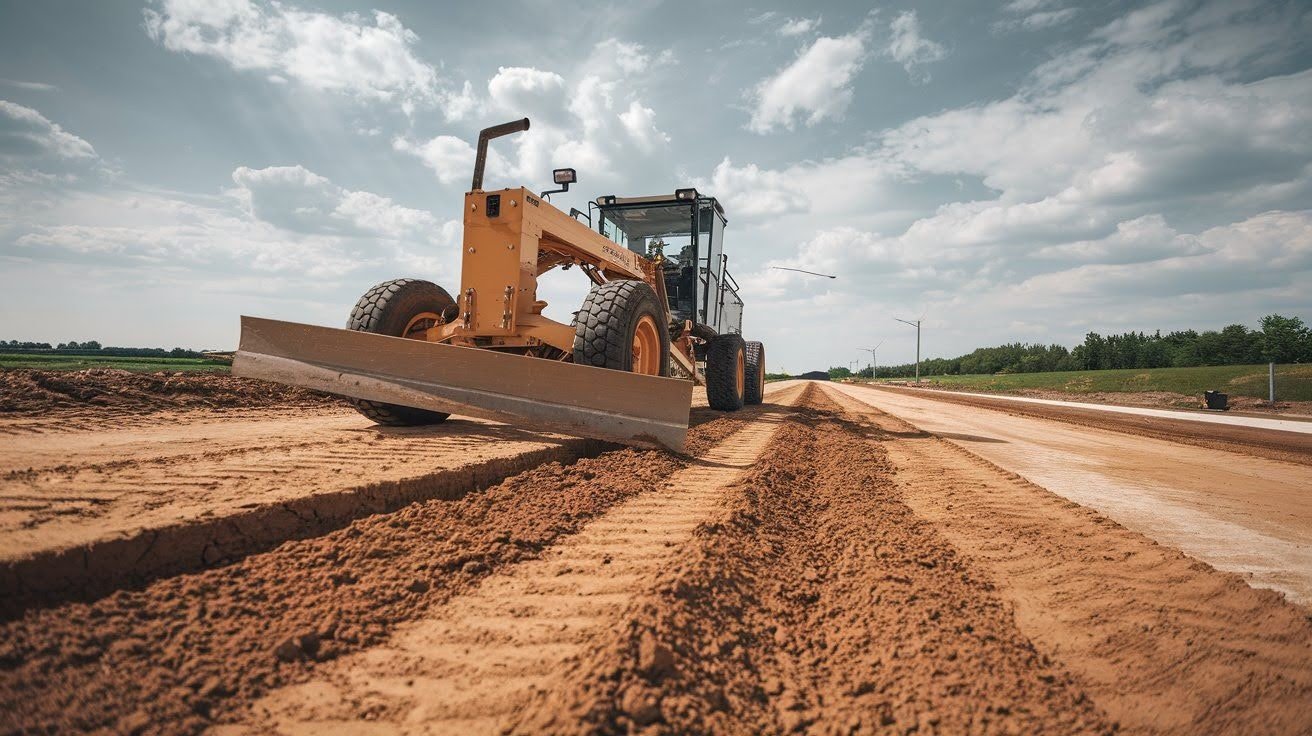
What they are: Long vehicles with a blade positioned between the front and rear wheels.
Primary function: Creating smooth, level surfaces for roads and building foundations. They fine-tune what bulldozers start.
Fun fact: Motor graders can adjust their blade angle to within 0.1 degrees, creating perfectly smooth surfaces for asphalt laying.
9. Cranes
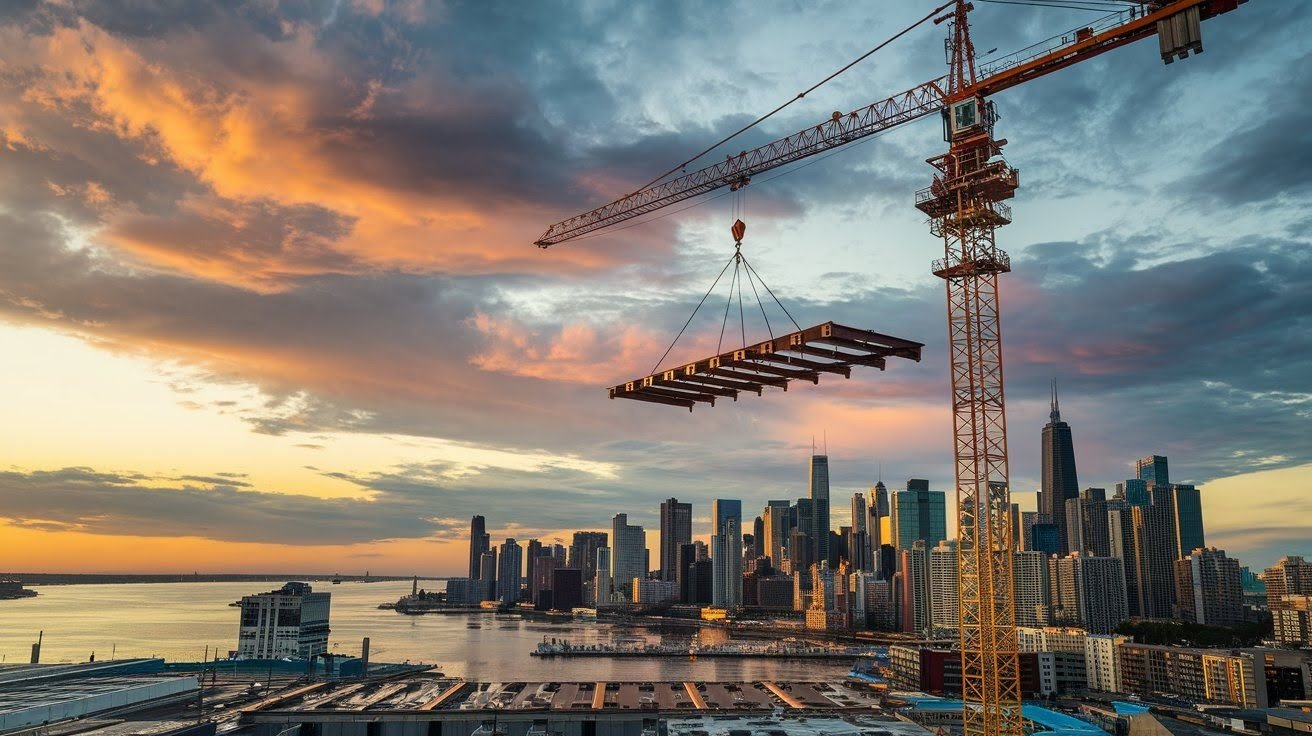
What they are: Tall machines with extending arms designed to lift and move heavy objects.
Primary function: Lifting materials to great heights and placing them precisely where needed. Essential for high-rise construction.
Fun fact: The tallest crane ever used stood 820 feet high. That’s taller than most skyscrapers and nearly as tall as the Eiffel Tower.
10. Trenchers
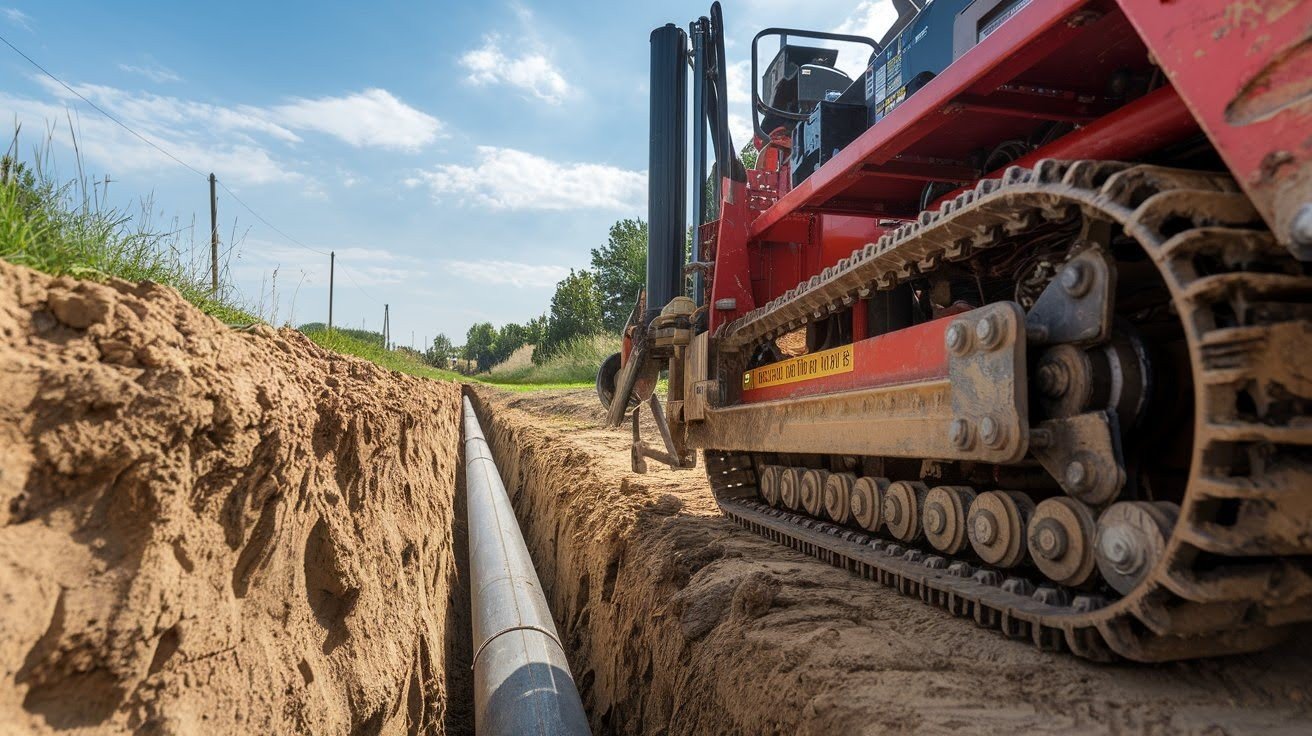
What they are: Specialized machines that dig narrow, deep ditches using a chain or wheel mechanism.
Primary function: Creating trenches for utilities like water pipes, electrical cables, and gas lines.
Fun fact: Modern trenchers can dig trenches 12 feet deep and only 6 inches wide with pinpoint accuracy.
11. Scrapers
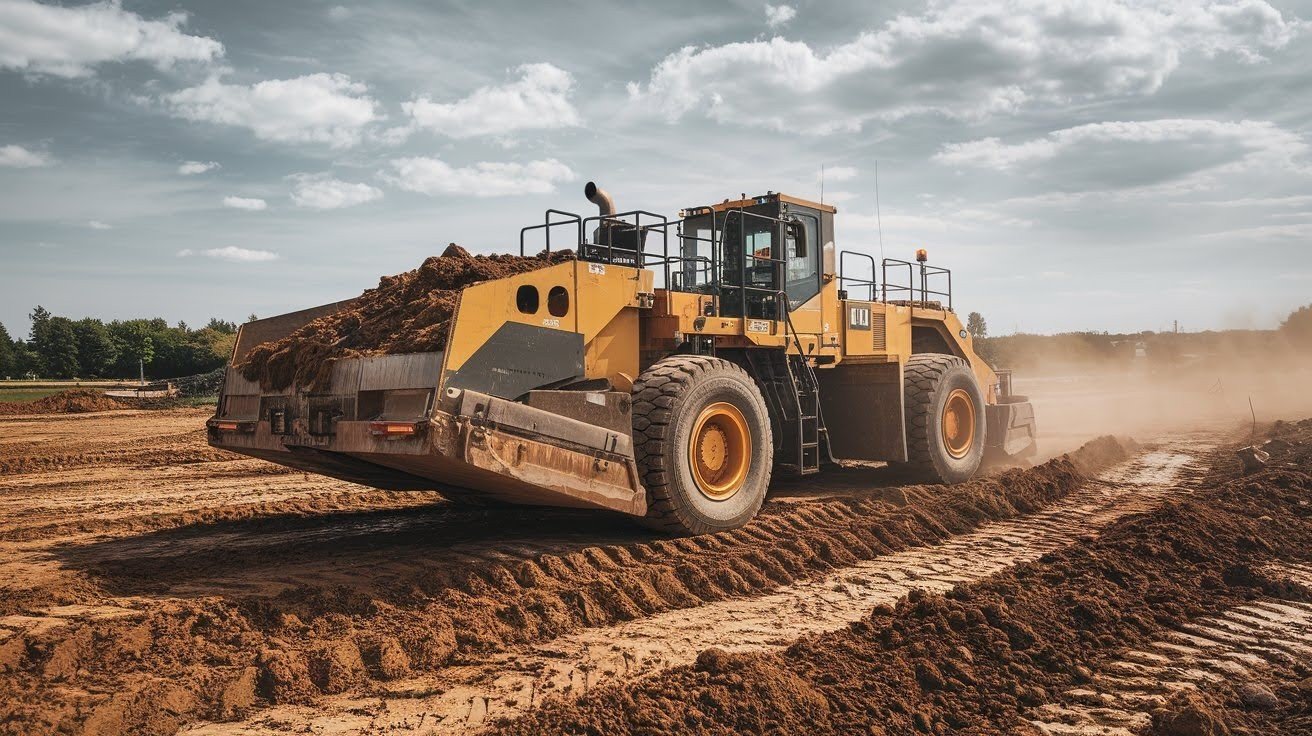
What they are: Large machines that cut, collect, and move soil in their belly.
Primary function: Moving large amounts of earth over medium distances, perfect for site preparation and road building.
Fun fact: Scrapers can cut soil to exact depths while they move, loading themselves automatically as they work.
12. Pavers
‘
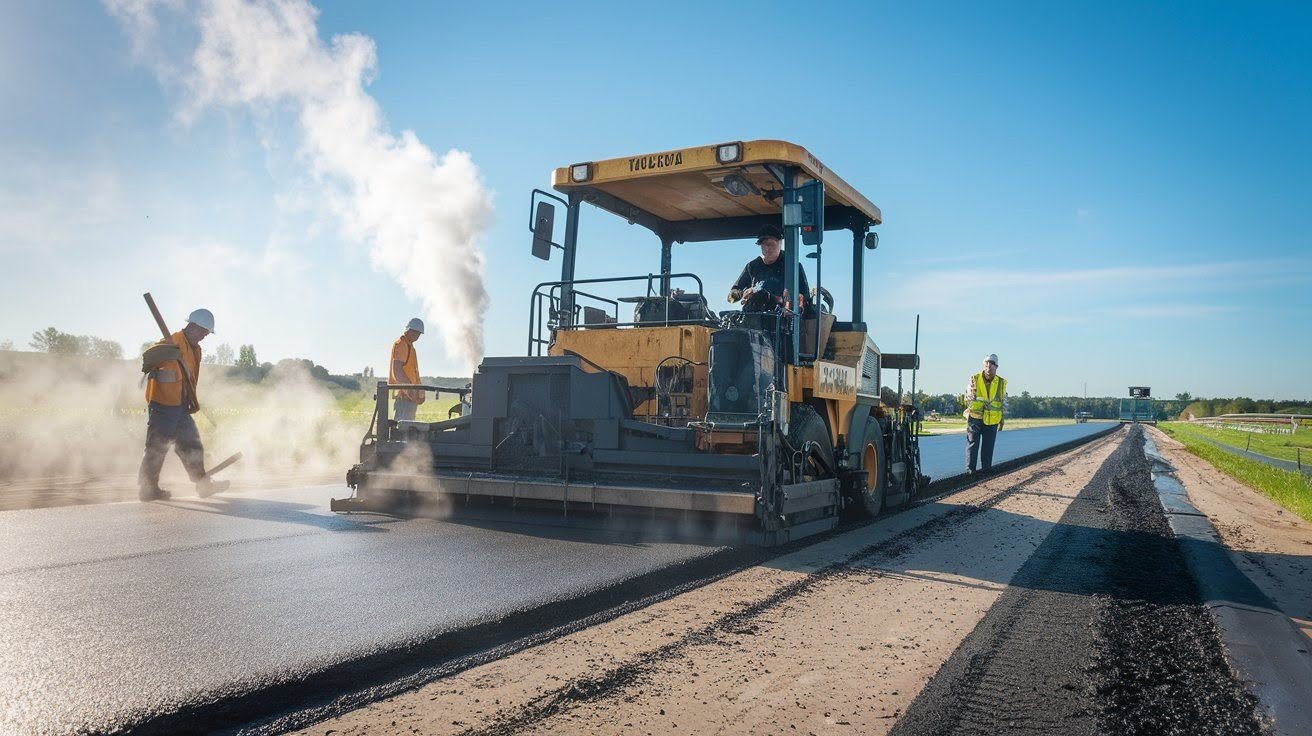
What they are: Specialized machines that lay asphalt or concrete in smooth, even layers.
Primary function: Creating roads, parking lots, and other paved surfaces with consistent thickness and smoothness.
Fun fact: Modern pavers use sonic technology to detect the exact thickness of asphalt being laid, adjusting automatically for perfect results.
13. Compactors
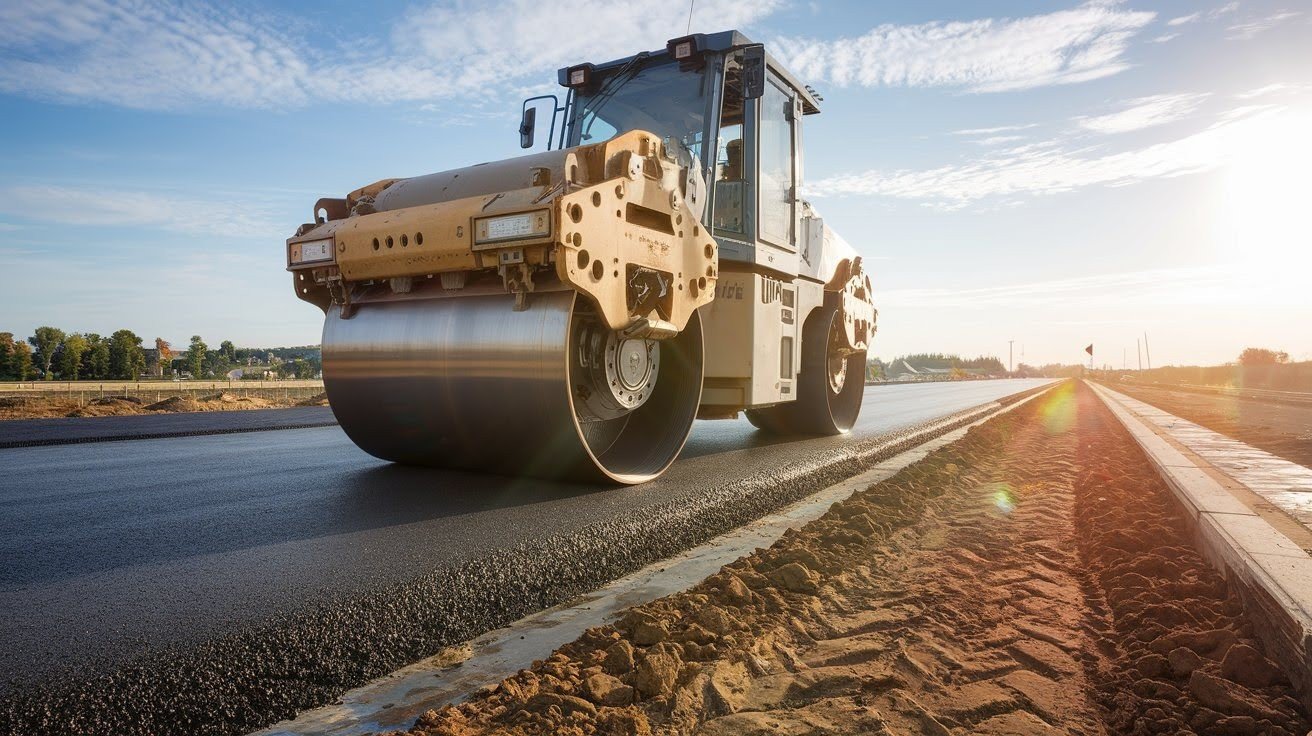
What they are: Heavy machines designed to compress soil, gravel, or asphalt through vibration or weight.
Primary function: Creating solid, stable foundations by removing air pockets from loose materials.
Fun fact: Vibratory compactors can generate forces up to 67,000 pounds per square foot. That’s like having an elephant standing on every square inch.
14. Telehandlers
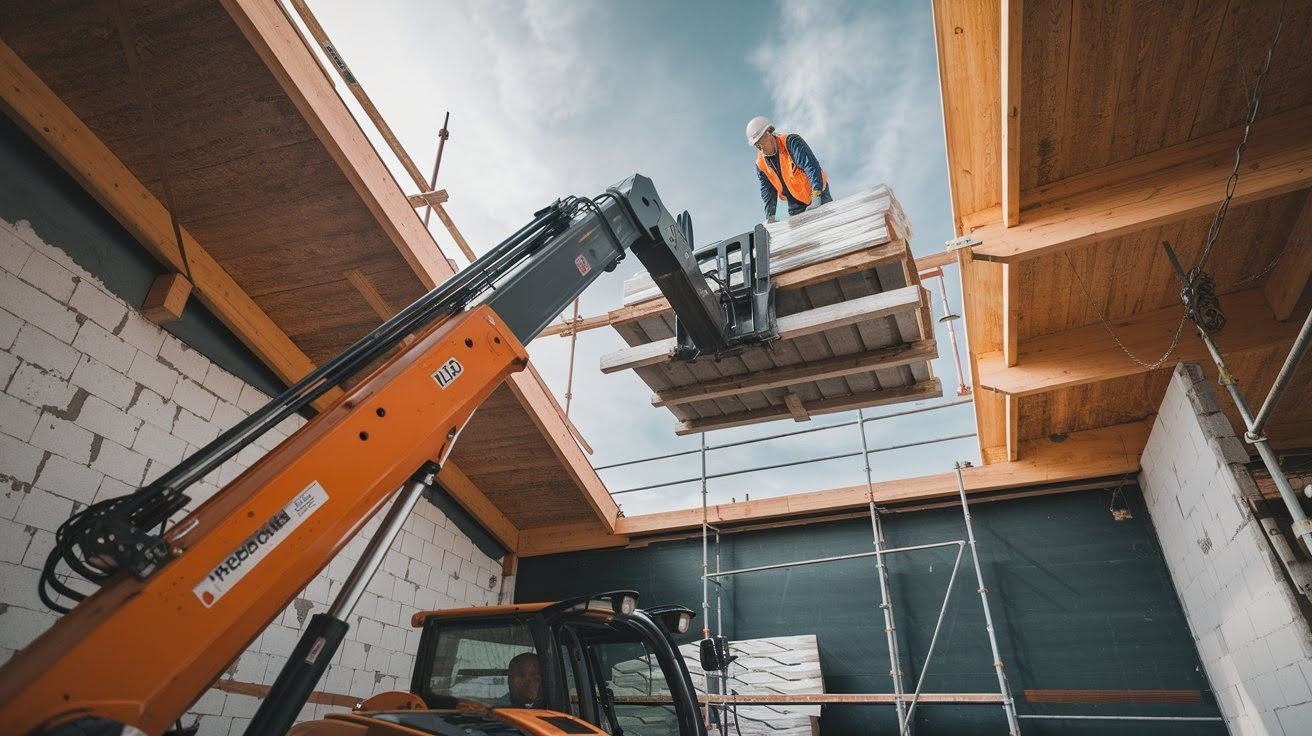
What they are: Lift trucks with telescoping arms that can extend forward and up.
Primary function: Lifting materials to heights and distances that forklifts can’t reach, especially useful in construction and agriculture.
Fun fact: Some telehandlers can lift 12,000 pounds to heights of 56 feet while extending 42 feet forward.
15. Forklifts
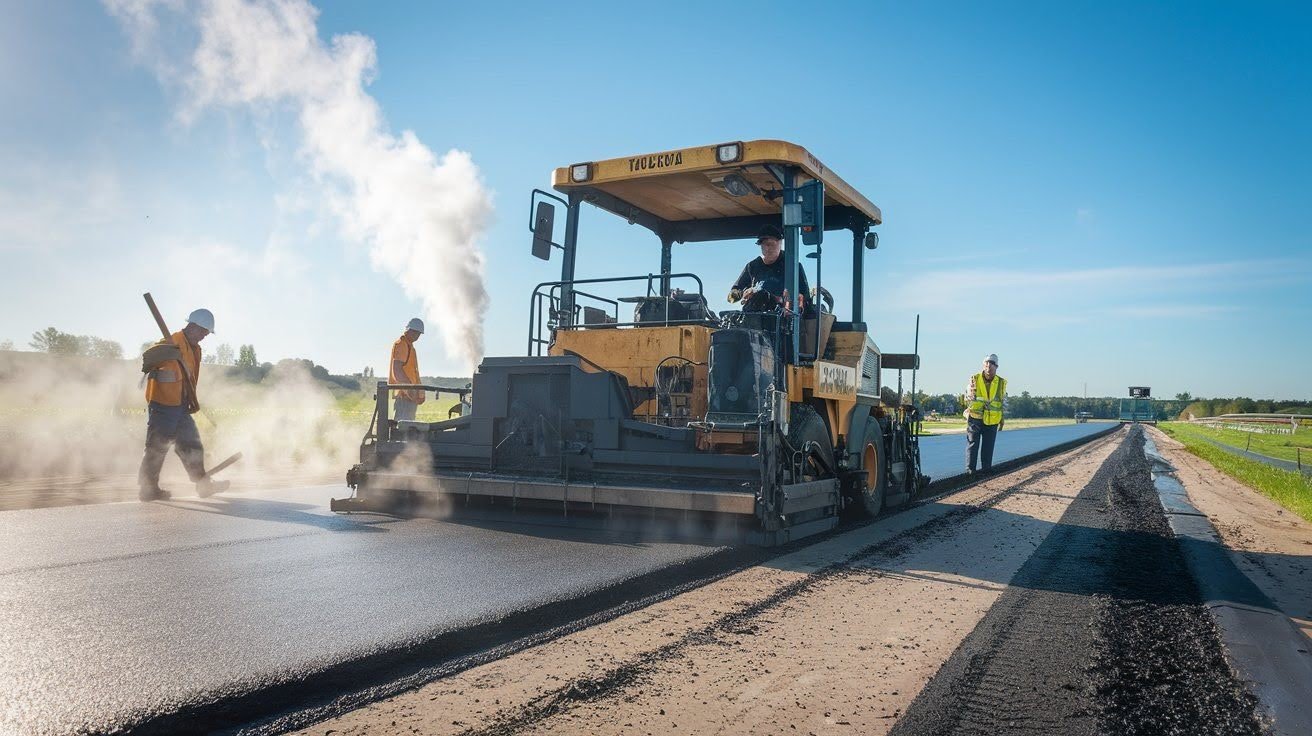
What they are: Industrial trucks with two parallel forks for lifting palletized materials.
Primary function: Moving and stacking materials in warehouses, lumber yards, and construction sites.
Fun fact: The first forklift was invented in 1917, but the safety cage for operators wasn’t added until 1958 after many accidents.
16. Dragline Excavators
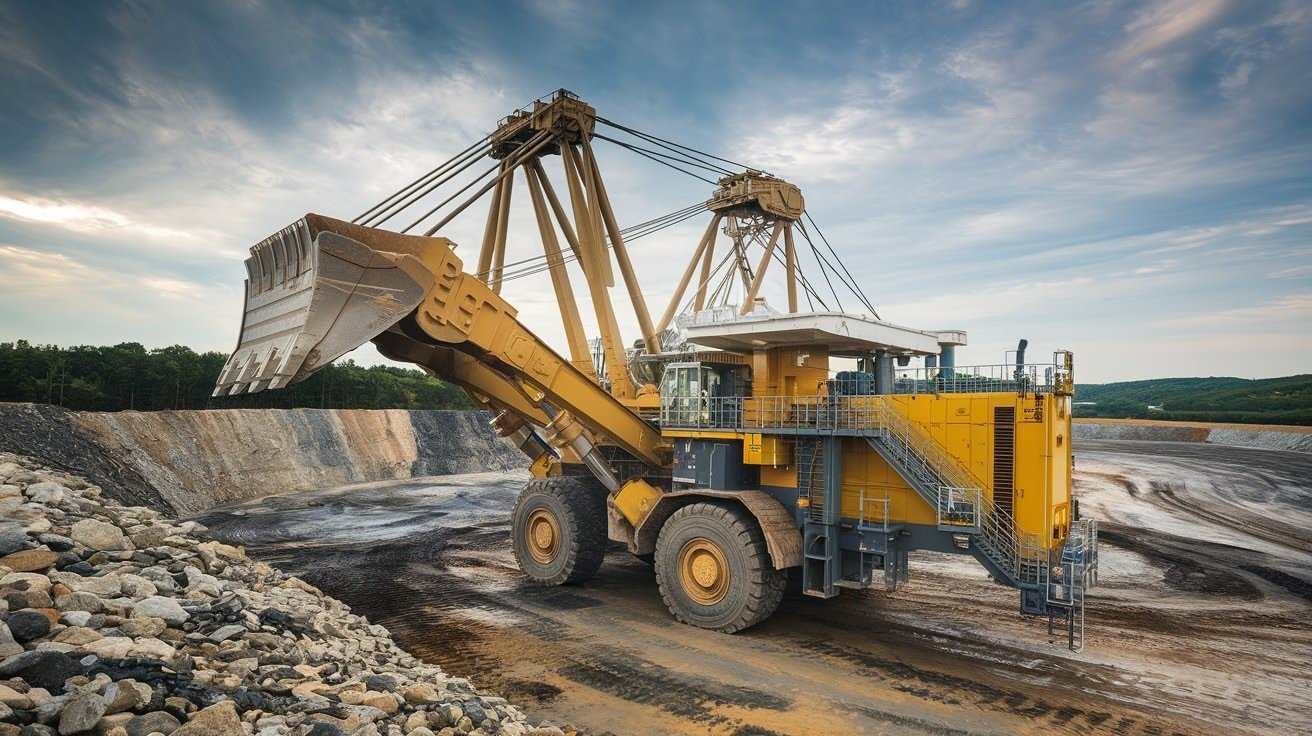
What they are: Massive excavators that use a dragline system with cables and buckets.
Primary function: Large-scale excavation projects like mining, port construction, and major earthwork projects.
Fun fact: Big Muskie, a famous dragline excavator, could move 325 tons of earth in a single scoop and was so large it needed its own power plant.
17. Tower Cranes
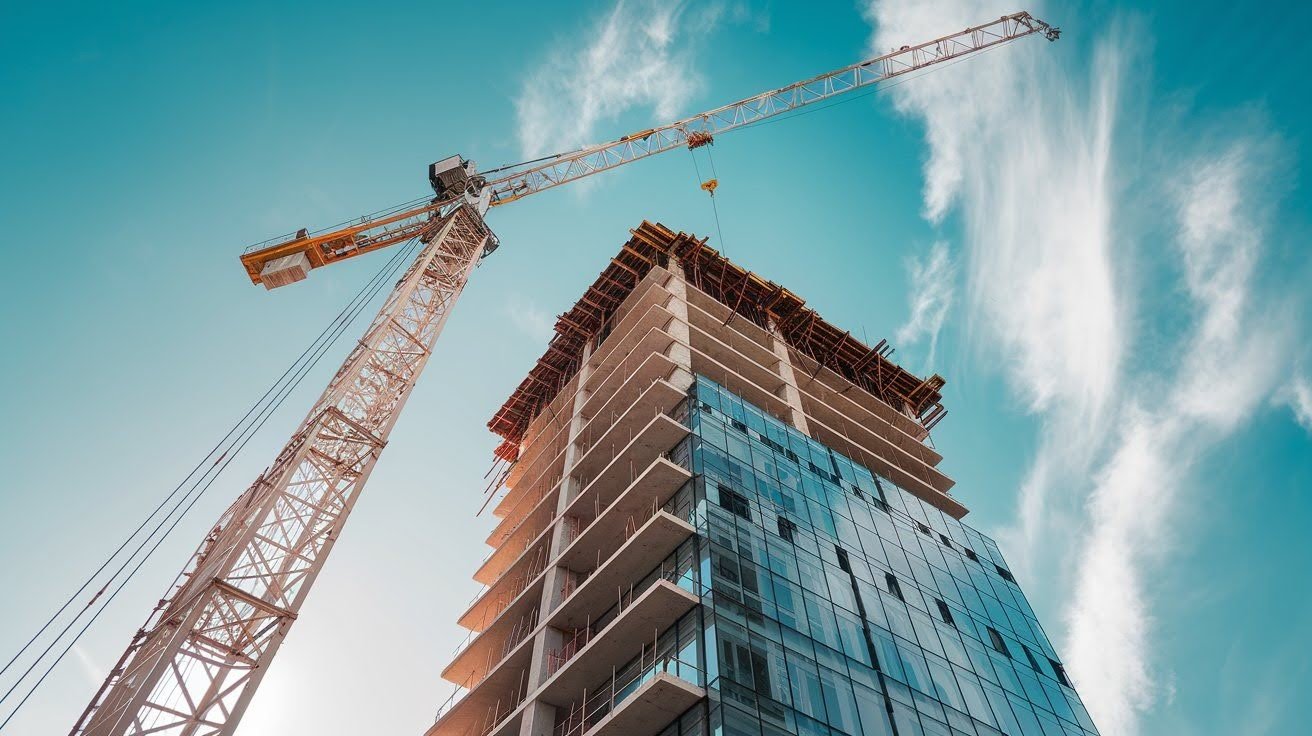
What they are: Fixed cranes with horizontal arms that can rotate 360 degrees around a mast.
Primary function: Lifting materials to extreme heights during skyscraper and high-rise construction.
Fun fact: Tower cranes can lift 20 tons to heights of over 800 feet. They’re often assembled by smaller cranes and grow taller as buildings rise.
18. Concrete Mixers
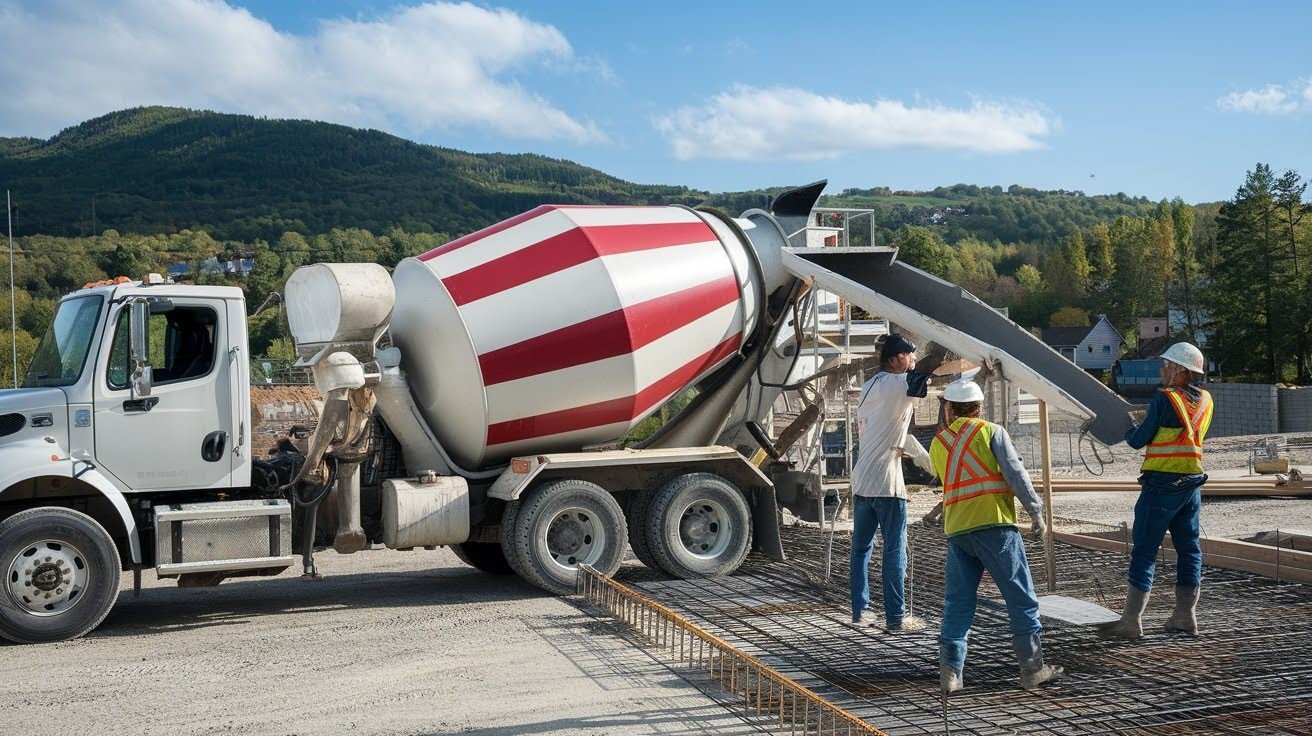
What they are: Trucks with rotating drums that mix and transport concrete.
Primary function: Delivering fresh, properly mixed concrete to construction sites before it hardens.
Fun fact: The rotating drum must turn constantly to prevent concrete from hardening. If it stops for too long, the entire load becomes unusable.
19. Boom Lifts
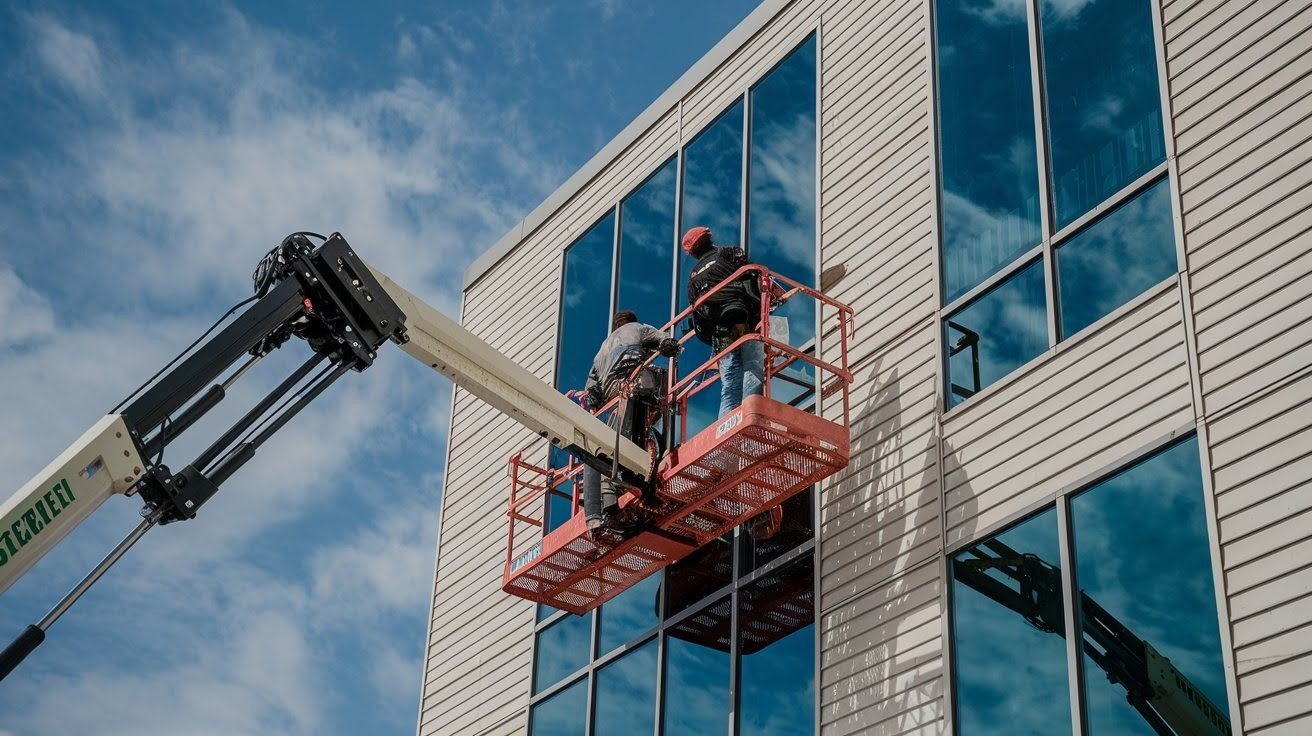
What they are: Aerial work platforms with articulating or telescoping arms.
Primary function: Providing safe access to high work areas for maintenance, construction, and installation tasks.
Fun fact: The highest boom lift can reach 185 feet in the air. That’s like reaching the 18th floor of a building.
20. Tunnel Boring Machines
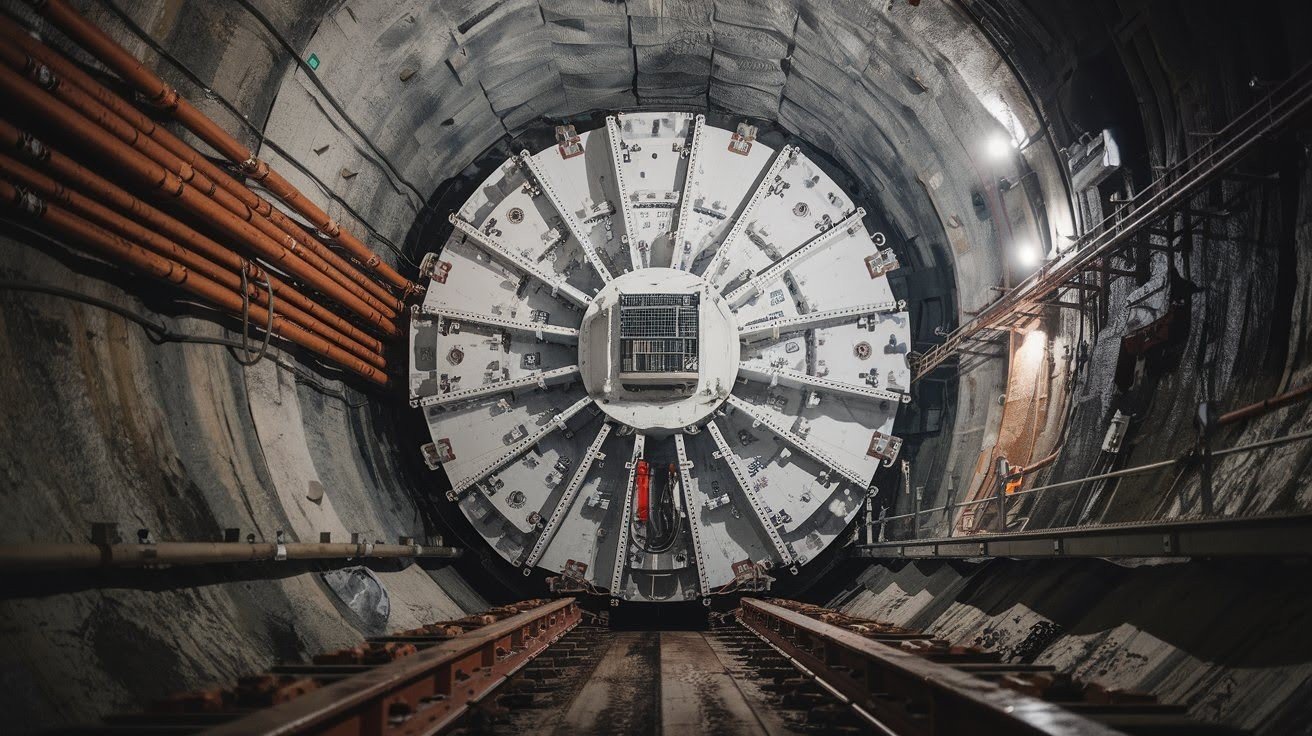
What they are: Massive cylindrical machines that excavate tunnels through various soil and rock conditions.
Primary function: Creating tunnels for subways, utilities, and transportation systems with minimal surface disruption.
Fun fact: The largest tunnel boring machine, named Big Bertha, is 57 feet in diameter and weighs 7,000 tons. It’s longer than a football field.
21. Asphalt Milling Machines
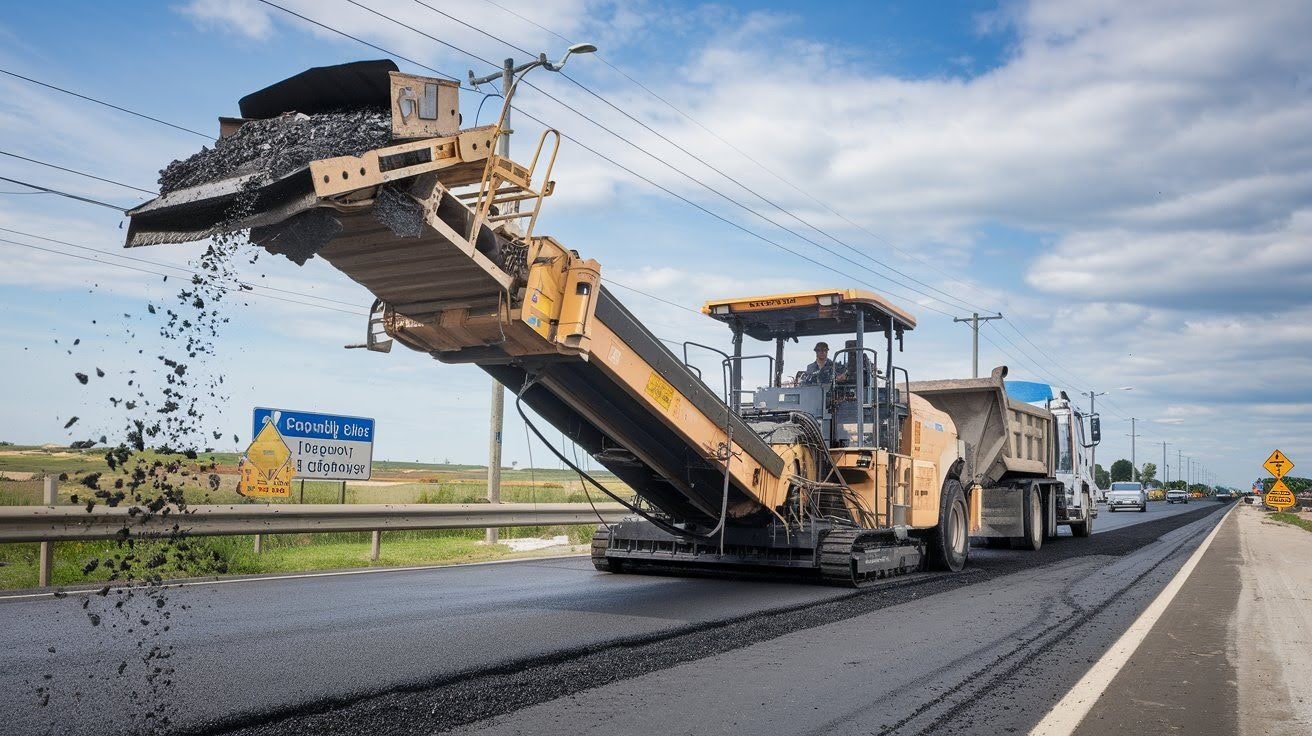
What they are: Specialized machines that remove old asphalt pavement by grinding it up.
Primary function: Road rehabilitation projects where old pavement needs removal before laying new asphalt.
Fun fact: These machines can recycle 100% of the asphalt they remove, grinding it into material that can be reused for new roads.
How to Choose the Right Construction Vehicle for Your Project
Choosing the wrong equipment wastes money and time.
Start with your project size. Small residential jobs need compact equipment. Large commercial projects require heavy-duty machines. Consider your space. Tight urban sites need smaller, more maneuverable equipment. Open rural areas can accommodate larger machines.
Think about soil conditions. Soft, muddy ground requires tracked vehicles. Hard surfaces work fine with wheeled equipment. Match the task to the tool. Don’t use an excavator for grading work. Don’t use a bulldozer for precision lifting.
Budget for the unexpected. Rent rather than buy if you’ll only use the equipment occasionally. Factor in operator skill. Some machines require specialized training and certification.
Here’s a simple decision tree:
- Digging and excavation: Excavators or backhoe loaders
- Moving large amounts of dirt: Bulldozers or scrapers
- Lifting to height: Cranes or boom lifts
- Material transport: Dump trucks or wheel loaders
- Surface finishing: Graders or pavers
- Tight space work: Skid-steer loaders or compact equipment
Construction Vehicles by Project Type
Different projects need different machines. Here’s what works best for common construction types:
|
Project Type |
Required Vehicles |
Primary Use |
|
Residential Construction |
Skid-steer loaders |
Site preparation and cleanup |
|
Small excavators |
Foundation digging |
|
|
Concrete mixers |
Driveways and walkways |
|
|
Boom lifts |
Roofing and siding work |
|
|
Road Construction |
Graders |
Surface preparation and finishing |
|
Pavers |
Asphalt laying |
|
|
Compactors |
Base preparation and compaction |
|
|
Dump trucks |
Material transport |
|
|
Commercial Buildings |
Tower cranes |
High-rise construction |
|
Large excavators |
Foundation and basement work |
|
|
Telehandlers |
Material placement at height |
|
|
Concrete mixers |
Large concrete pours |
|
|
Utility Projects |
Trenchers |
Pipeline and cable installation |
|
Directional drilling equipment |
Underground utility runs |
|
|
Vacuum trucks |
Cleanup and debris removal |
|
|
Backhoe loaders |
General excavation work |
|
|
Mining and Quarrying |
Dragline excavators |
Overburden removal |
|
Large dump trucks |
Heavy material transport |
|
|
Wheel loaders |
Stockpile management |
|
|
Crushers and processing equipment |
Material processing |
Electric Construction Vehicles: The Future Is Green
The construction industry is going electric. And it’s happening faster than you might think.
Electric excavators are already working on sites across Europe. They’re 70% quieter than diesel versions and produce zero emissions. Hybrid dump trucks use 20% less fuel while maintaining full power. Some mining companies report saving $100,000 per truck annually on fuel costs.
Self-driving bulldozers already work 24/7 at some mining sites. They never get tired, never make mistakes, and work safely in dangerous conditions.
Benefits of green construction vehicles:
- Lower operating costs
- Reduced noise pollution
- Zero emissions at the worksite
- Less maintenance required
- Better working conditions for operators
Challenges still exist:
- Higher upfront costs
- Limited battery life for heavy work
- Charging infrastructure needs development
The bottom line: Electric construction vehicles aren’t just coming. They’re here.
Companies like Caterpillar, Volvo, and JCB are investing billions in electric technology. Within 10 years, electric options will exist for nearly every type of construction vehicle.
What this means for you: If you’re planning a long-term equipment purchase, consider electric options. The technology is improving rapidly, and total cost of ownership often favors electric.
Conclusion
You now know the 21 most important construction vehicles and what each one does. More importantly, you understand how to match the right machine to your specific project.
Remember the key principles: Match your equipment to your project size, space constraints, and soil conditions. Don’t use a sledgehammer when you need a scalpel.
The construction industry is changing fast. Electric vehicles are becoming mainstream. Self-driving machines work around the clock. Smart contractors adapt early and gain advantages. Start with your project requirements. Consider your budget and timeline. Choose equipment that solves your specific problem rather than the biggest or newest option.
The right construction vehicle makes projects faster, safer, and more profitable. The wrong choice creates delays, safety risks, and budget overruns. Your next project depends on this decision. Choose wisely.
Frequently Asked Questions
What’s the most versatile construction vehicle for small projects?
The backhoe loader takes the crown for versatility. It combines digging, loading, and lifting capabilities in one machine, making it perfect for residential and small commercial projects.
Should I rent or buy construction equipment?
Rent if you use the equipment less than 60% of the time or for specialized one-time projects. Buy only when you have consistent, long-term work that justifies the investment and maintenance costs.
How much does it cost to operate heavy construction equipment daily?
Operating costs range from $200-500 per day for smaller machines like skid steers to $1,500-3,000 daily for large excavators. This includes fuel, maintenance, insurance, and operator wages.
What safety certifications do construction vehicle operators need?
Most operators need OSHA 10 or 30-hour certification plus specific equipment training. Crane operators require additional NCCCO certification, while some states mandate commercial driver’s licenses for certain vehicles.
How long do construction vehicles typically last?
Well-maintained construction vehicles last 8,000-15,000 operating hours, roughly 10-20 years depending on usage intensity. Regular maintenance and proper operation significantly extend equipment lifespan and resale value


